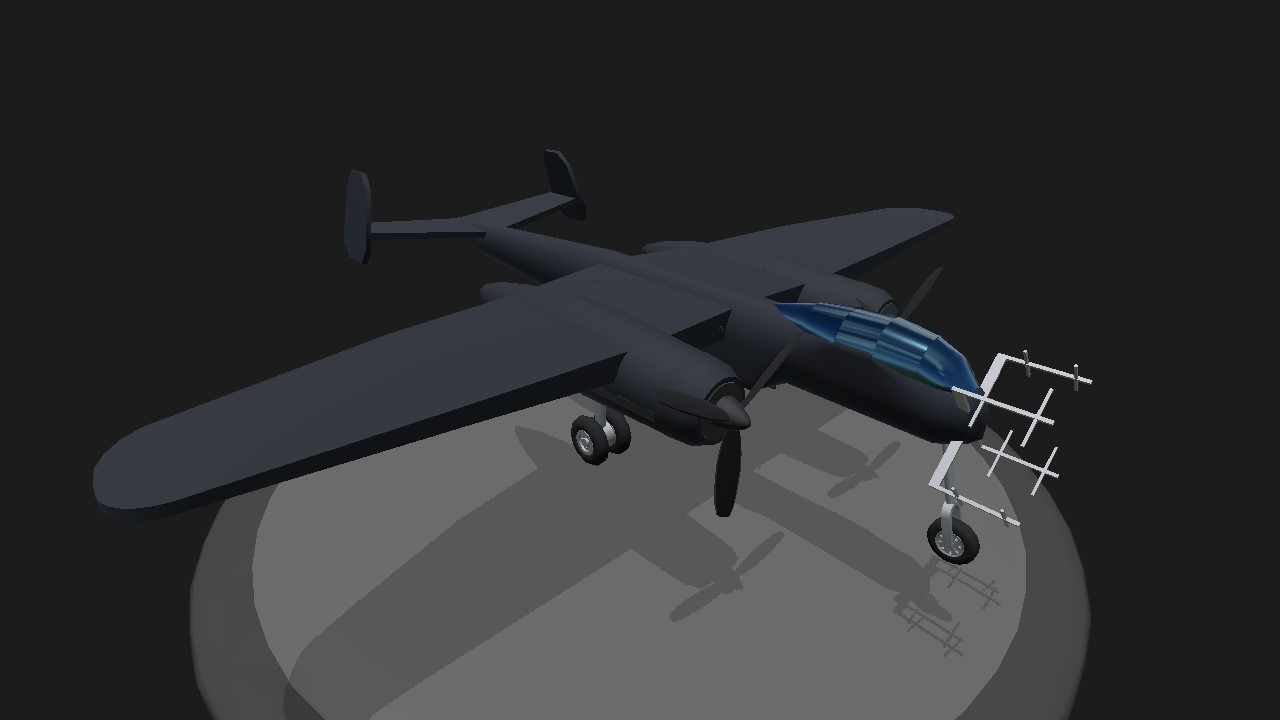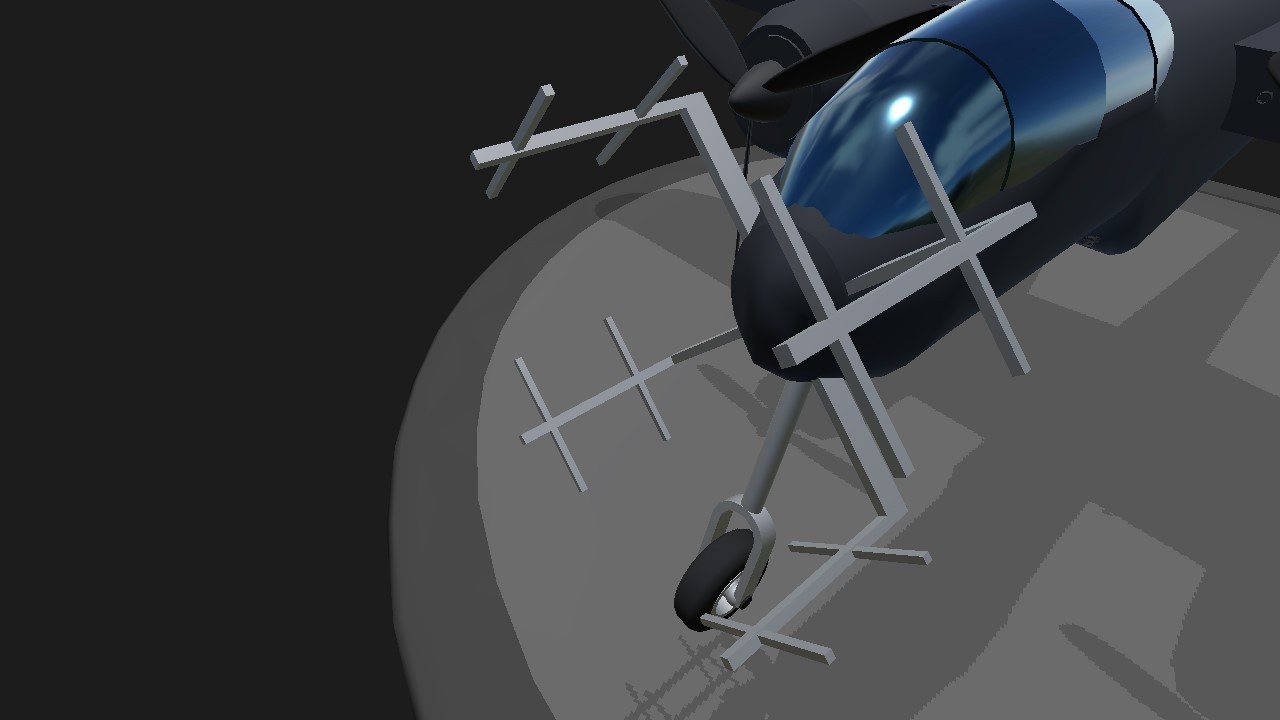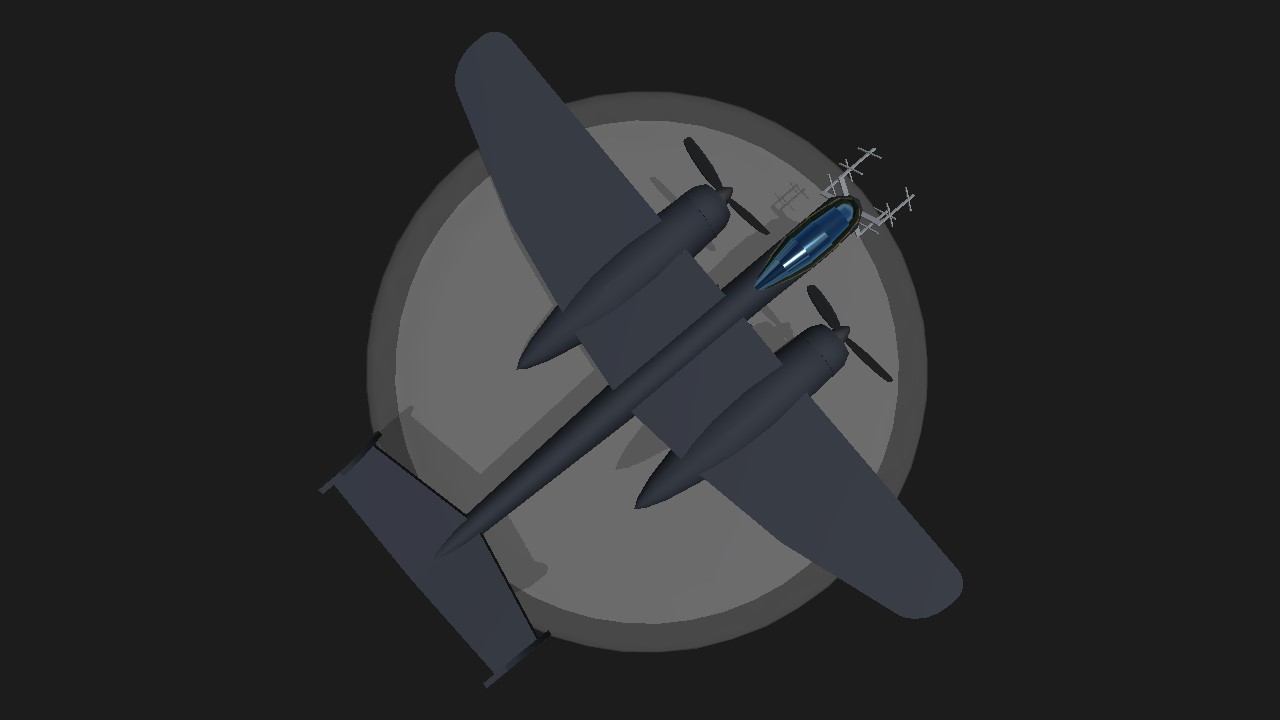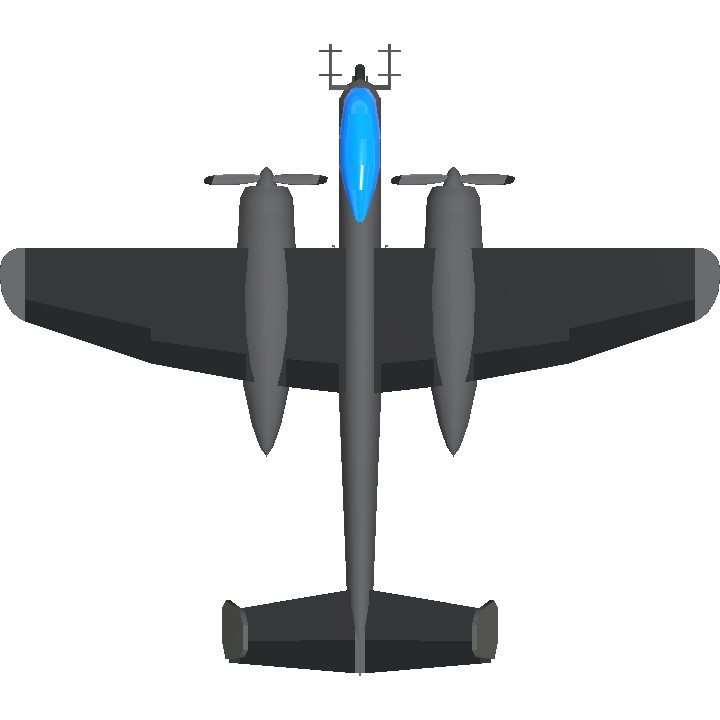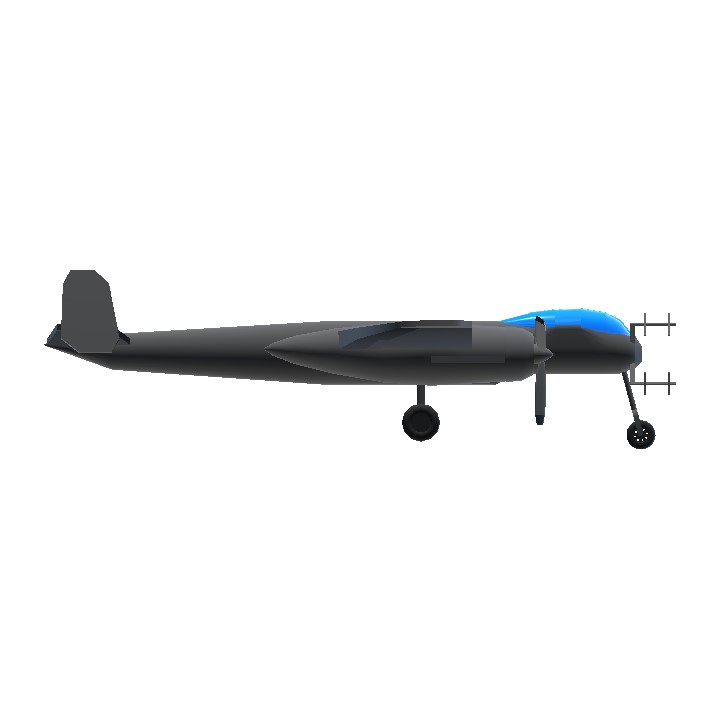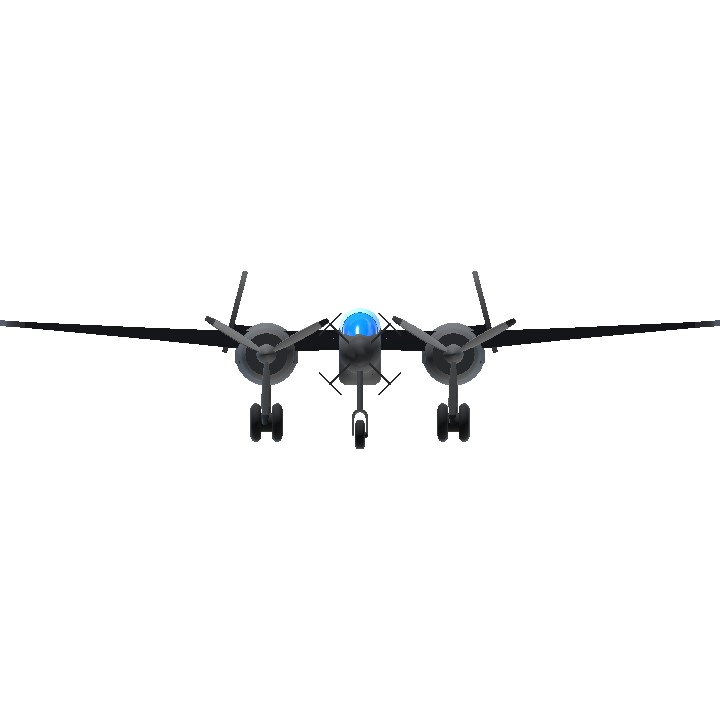Uhu? Sounds like "UwU" or something?~
Heinkel He 219 Uhu
The Heinkel He 219 Uhu (Eagle-Owl) was a German World War II night fighter that was considered one of the most advanced aircraft of the conflict. It was a twin-engine, shoulder-winged monoplane notable for several innovations, including:
Ejection Seats: The He 219 was among the first operational military aircraft to feature ejection seats for both crew members.
Advanced Radar: It was equipped with Lichtenstein SN-2 or FuG 220 Lichtenstein SN-3 radar, enabling it to effectively locate Allied bombers in the dark. Later versions incorporated even more sophisticated radar systems.
Powerful Armament: Typically armed with a deadly combination of upward-firing Schräge Musik (Jazz Music) cannons and forward-firing cannons in the nose, the He 219 could attack enemy bombers from below, their less armored area and a blind spot.
Tricycle Landing Gear: Unusual for German aircraft of the time, the He 219 had tricycle landing gear, which improved ground handling and visibility during landing.
High Performance: Powered by two Daimler-Benz DB 603 engines (though later versions sometimes used Junkers Jumo 213s), it boasted impressive speed and climb rate.
The prototype performed its maiden flight on 6 November 1942. The He 219 entered service relatively late in the war, and its production was hampered by material shortages and Allied bombing. However, when it was deployed, it proved to be a formidable opponent, inflicting heavy losses on RAF Bomber Command. Its effectiveness sparked considerable interest among the Allies, and several examples were captured and studied after the war.
Both the development and production of the He 219 were protracted due to various factors, including political rivalries between Josef Kammhuber, commander of the German night fighter forces, Ernst Heinkel, the manufacturer and Erhard Milch, responsible for aircraft construction in the RLM. Other aircraft programmes, such as the Junkers Ju 188, Dornier Do 335 and Focke-Wulf Ta 154 Moskito, competed for attention and resources; Milch advocated for these programmes over the He 219. Furthermore, the aircraft was relatively complicated and expensive to build, as were the powerful DB 610 V-12 inline engines that powered it. Nevertheless, the He 219 made its combat debut on June 1943 and was quickly recognised for its value as a night fighter, even being allegedly effective against the Royal Air Force's de Havilland Mosquito fighter-bombers.
In addition to its limited use as a night fighter, Heinkel worked on numerous different models of the He 219, including as a reconnaissance-bomber, high-altitude interceptor, and more advanced fighter. On 25 May 1944, production of the He 219 was officially terminated. Had the He 219 ever become available to the Luftwaffe in large quantities, it is plausible that it could have had a significant effect against the strategic night bombing offensive conducted against Germany by the Royal Air Force (RAF); however, only 268 aircraft across all models were ever completed and thus the type only saw limited service between 1943 and 1945. Ernst-Wilhelm Modrow was the leading night fighter ace on the He 219, having been credited with 33 of his 34 night air victories on the type.
Possible Nicknames:
"The Owl": A simple and direct translation of the name, highlighting its nocturnal nature.
"Radar Terror": Emphasizes its effectiveness with radar, instilling fear in bomber crews.
"Jazzman": Referencing the Schräge Musik cannons, with connotations of smooth and deadly.
"Ejector": A somewhat sarcastic nickname, played on the innovative ejection seats (especially if there were stories of pilots needing to use them frequently).
"Night Fang": Symbolizing the He 219 ambush tactic and deadly cannons.
"Bomber Killer": A straightforward and descriptive nickname, referencing its primary role.
"Luftwaffe's Last Hope": A more dramatic nickname, reflecting its late-war introduction and potential impact.
- About the variant
He 219A-7
Improved night fighter version, powered by two 1,800 PS DB 603E engines, 210 ordered as of 30 November 1944
C O N T R O L S
Trim : Flaps, cruising 'rotate' adjuster
VTOL : Further flaps
Specifications
Spotlights
- ThomasRoderick 7 months ago
General Characteristics
- Created On Android
- Wingspan 56.1ft (17.1m)
- Length 49.3ft (15.0m)
- Height 14.0ft (4.3m)
- Empty Weight 9,177lbs (4,162kg)
- Loaded Weight 15,972lbs (7,244kg)
Performance
- Horse Power/Weight Ratio 0.222
- Wing Loading 21.4lbs/ft2 (104.3kg/m2)
- Wing Area 747.4ft2 (69.4m2)
- Drag Points 3328
Parts
- Number of Parts 96
- Control Surfaces 10
- Performance Cost 633

